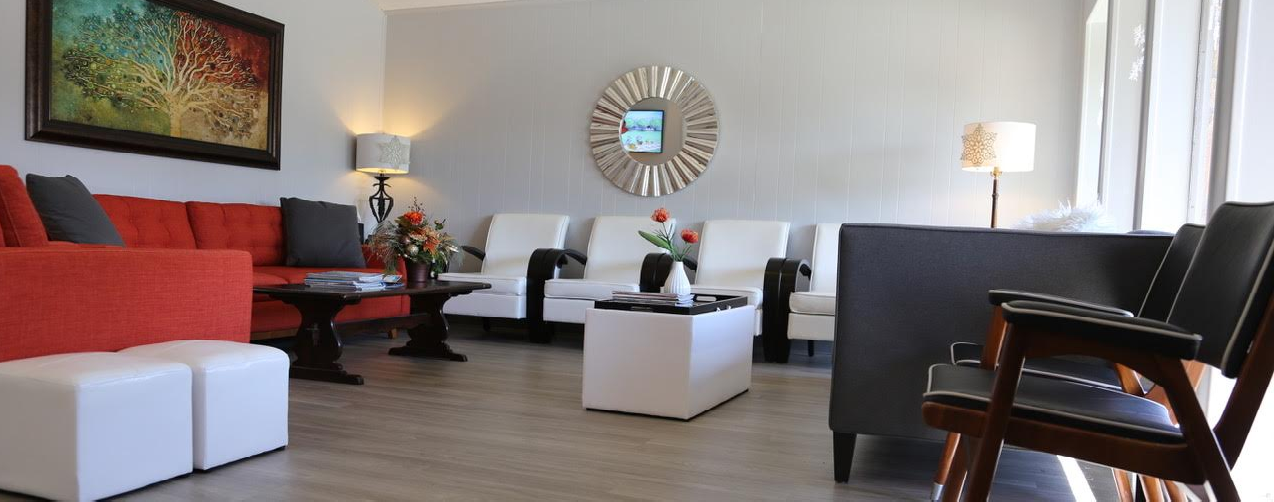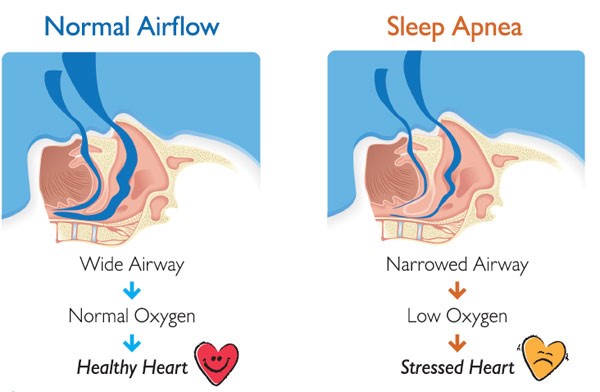- Home
- PATIENT INFORMATION
- PROCEDURES
- MEET US
- SURGICAL INSTRUCTIONS
- REFERRING DOCTORS
- CONTACT US


2016 © Greater Houston Oral & Facial Surgery. ALL Rights Reserved.
Developed By : BRON SOFTWARE